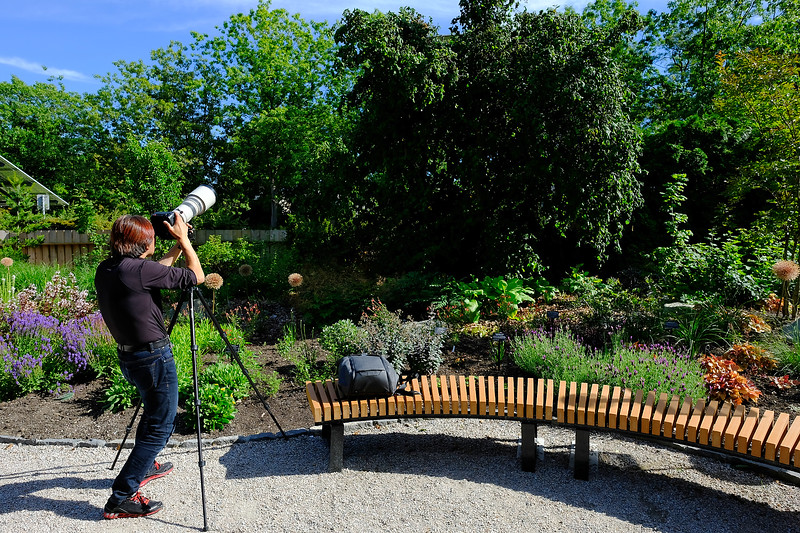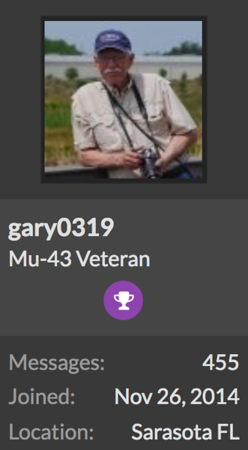Asher Kelman
OPF Owner/Editor-in-Chief
I have been taken with the Fuji GFX MF camera and my son with the Sony A7RIII. He would like to take pictures of ships in the San Francisco Bay and I would love to capture birds up in distant trees. But both these cameras lack zoom lenses suitable for long telephoto photography!
One can addapt Canon mount lenses to both the Fuji GFX and the Sony E mount but this means lugging around very heavy and expensive lenses, well at least to reach to 600mm!
I gave my son a 70-200 f4.0 L lens with a Metabones III adapter, but this was no enough reach.
So what of getting a 4/3 sensor camera with a 100-300 lens, (or the new Leica bespoke expensive zoom.
A 4/3 mount Panasonic or Olympus would allow for the following relatively lightweight optics. Any opinions?
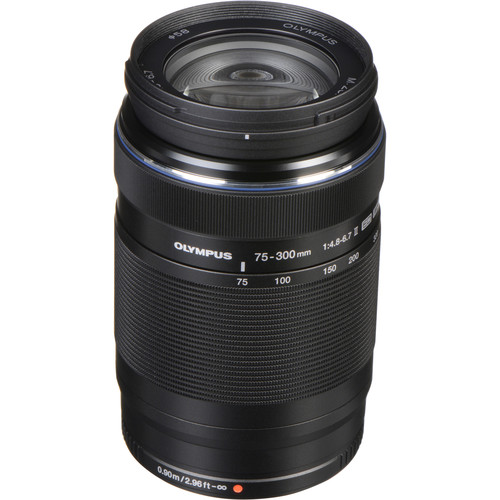
Olympus M.Zuiko Digital ED 75-300mm f/4.8-6.7
Micro Four Thirds System
150-600mm (35mm Equivalent)
Aperture Range: f/4.8 to f22
One Super ED Element, Two ED Elements
Three High Refractive Index Elements
ZERO Lens Coating
Movie & Still Compatible AF System
Rounded 7-Blade Diaphragm
$399.00
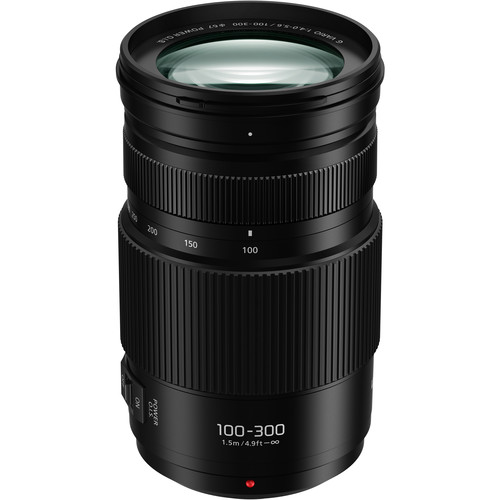
Panasonic Lumix G Vario 100-300mm f/4-5.6 II POWER O.I.S. Lens
Micro Four Thirds System
200-600mm (35mm Equivalent)
Aperture Range: f/4 to f/22
One Extra-Low Dispersion Element
$597.99
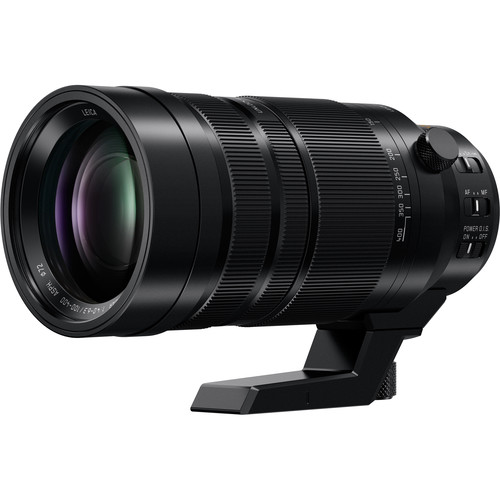
Panasonic Leica DG Vario-Elmar 100-400mm f/4-6.3 ASPH. POWER O.I.S. Lens
Micro Four Thirds System
200-800mm (35mm Equivalent)
Aperture Range: f/4 to f/22
1 Aspherical ED, 1 UED and 2 ED Elements
$1,597.99
Thanks,
Asher
One can addapt Canon mount lenses to both the Fuji GFX and the Sony E mount but this means lugging around very heavy and expensive lenses, well at least to reach to 600mm!
I gave my son a 70-200 f4.0 L lens with a Metabones III adapter, but this was no enough reach.
So what of getting a 4/3 sensor camera with a 100-300 lens, (or the new Leica bespoke expensive zoom.
A 4/3 mount Panasonic or Olympus would allow for the following relatively lightweight optics. Any opinions?

Olympus M.Zuiko Digital ED 75-300mm f/4.8-6.7
Micro Four Thirds System
150-600mm (35mm Equivalent)
Aperture Range: f/4.8 to f22
One Super ED Element, Two ED Elements
Three High Refractive Index Elements
ZERO Lens Coating
Movie & Still Compatible AF System
Rounded 7-Blade Diaphragm
$399.00

Panasonic Lumix G Vario 100-300mm f/4-5.6 II POWER O.I.S. Lens
Micro Four Thirds System
200-600mm (35mm Equivalent)
Aperture Range: f/4 to f/22
One Extra-Low Dispersion Element
$597.99

Panasonic Leica DG Vario-Elmar 100-400mm f/4-6.3 ASPH. POWER O.I.S. Lens
Micro Four Thirds System
200-800mm (35mm Equivalent)
Aperture Range: f/4 to f/22
1 Aspherical ED, 1 UED and 2 ED Elements
$1,597.99
Thanks,
Asher

